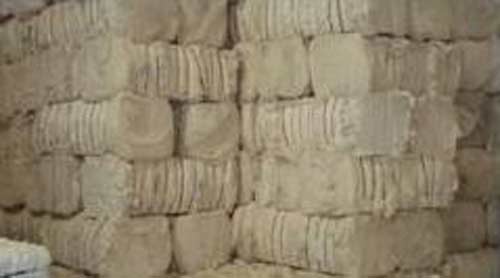 Dhaka, Bangladesh (BBN) – The amount of classified loans in the banking sector surpassed the BDT 1.0 trillion-mark for the first time of Bangladesh in March 2019.
Dhaka, Bangladesh (BBN) – The amount of classified loans in the banking sector surpassed the BDT 1.0 trillion-mark for the first time of Bangladesh in March 2019.
The volume of non-performing loans (NPLs) jumped by more than 18 per cent to BDT 1,108.73 billion in the first quarter (Q1) of the year from BDT 939.11 billion in the preceding quarter, despite close monitoring of the central bank.
The amount of NPLs was BDT 885.89 billion as on March 31, 2018.
The share of gross NPLs also rose to 11.87 per cent of the total outstanding loans in the Q1 of 2019 from 10.30 per cent in the previous quarter, according the latest statistics of Bangladesh Bank (BB).
The amount of classified loans normally rises during the first quarter of each calendar year and will decline in the foreseeable future, according to BB spokesperson Md. Serajul Islam.
“We expect the amount of NPLs to come down in the second quarter (Q2) of this calendar year,” Mr. Islam, an executive director of the central bank told media.
The classified loans cover substandard, doubtful and bad/loss of total outstanding credits, which stood at BDT 9,337.27 billion as on March 31. It was BDT 9,114.30 billion three months before.
“There is no alternative to boosting recovery drives to reduce the amount of the classified loans,” the BB spokesperson added.
Senior bankers, however, said the amount of NPLs increased significantly during the period due to low rescheduling and lower recovery.
Besides, a portion of rescheduled loans has turned into default ones again mainly due to the lack of maintaining repayment schedule properly, they argued.
They said some borrowers, particularly large ones, have maintained a ‘go slow’ policy to clear their installments for taking the advantage of policy relaxation.
The echoed Mr Islma, saying the amount of NPLs is expected to fall significantly in the Q2 when the revised policy on loan classifications is implemented.
On April 22, the central bank had revised loan classification rules to treat unpaid installment(s) of a term loan as ‘overdue’ after six months of its (loan) ‘expiry’ date.
The revised loan classification rules will come into effect from June 30.
The central bank also offered a special facility to loan defaulters on May 16, allowing them to reschedule loans by paying 2.0 per cent down payment for a maximum of 10 years.
However, the High Court stayed the BB’s special offers until June 23.
During the January-March period of 2019, the total amount of NPLs with the six state-owned commercial banks rose to BDT 538.79 billion from BDT486.96 billion in the previous quarter.
In contrast, the total classified loans with 40 private commercial banks (PCBs) soared to BDT 499.50 billion in the Q1 of 2019 from BDT 381.40 billion three months before.
The NPLs of the nine foreign commercial banks (FCBs), however, came down to BDT 22.56 billion during the Q1 of this year from BDT 22.88 billion of the previous quarter.
The classified loans with the two development-finance institutions (DFIs) remained unchanged at BDT 47.88 billion in the Q1, the BB data showed.
Analysts remain worried over the NPLs situation on Bangladesh, saying that it would hamper lending capacity of banks if the upward trend of NPLs continues in the coming quarters.
“It will also affect the profitability of the banks if the upward trend in defaulted loans continues,” Nurul Amin, former chairman of the Association of Bankers, Bangladesh (ABB), observed.
Khondkar Ibrahim Khaled, former deputy governor of the BB, told media that the amount of defaulted loans increased significantly in the Q1 as some banks concealed the NPL figures in December, which were included in the classified loan statement in March.
“Although the NPL figures might be shown lower in the next quarter but it would not decrease in real sense,” the senior banker noted.
BBN/SSR/AD









